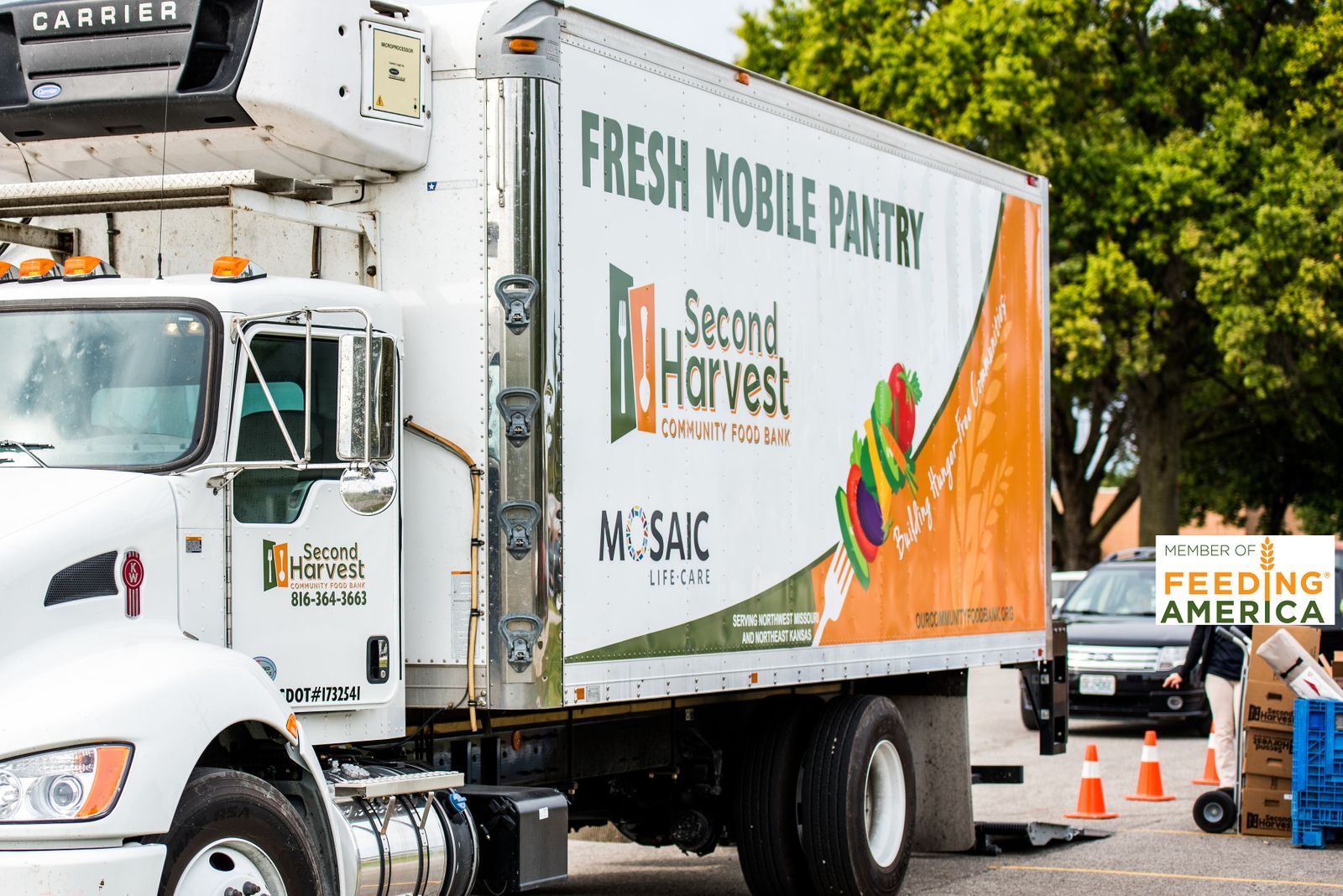

One of these options includes making banana bread with bananas that are turning brown. "The last thing (grocers) would do, (after) they have exhausted all other options, is throw it away."

"When you have to put (food) in the dumpster, you are wasting that money - which you don’t want to do," Scholz said. "Grocery stores then don’t have to pay dumpster fees… (They) can get a tax write off for donating food - but what is the quality of that food?" Waste a matter of tasteīrandon Scholz, the CEO and president of the Wisconsin Grocers Association, acknowledges such efforts do cut dumpster fees, but he says that isn’t the only goal. "There’s this secret in the food bank world that began with Second Harvest, and they’re sourcing their food from grocery stores," Tussler said. Tussler suspects there are other motivations for grocery stores offloading their food to these recovery programs. We will not pass through our food pantry network any food that we would not personally give to our best friend." "Our organization has a value of dignity.

"Our organization does not accept donated food from grocery stores or food that would be otherwise wasted," Tussler said. on Jat the Salvation Army’s 60th Street food pantry, one of five Salvation Army food pantries in Milwaukee County. This box of food from the Hunger Task Force as seen in Milwaukee, Wis. The Hunger Task Force is one of the primary suppliers of food to the Salvation Army’s Milwaukee County pantries. Sherrie Tussler, the executive director of the Hunger Task Force of Milwaukee, says her agency refuses to redistribute such food. "This is quality food that’s safe to eat, but it’s past the (expiration) date, and that’s the only reason it’s being thrown away," Osborn-Senatus said.īut Osborn-Senatus’ perspective on the value of food recovery is not universally shared. In 2021, about 40 percent of the 3.6 million pounds of food served by The River came from this recovery program, she said. "If you’re in the grocery store and you see that dollar off coupon, if that’s not picked up that day, it’s gonna get tossed." "There’s so much food that is thrown away every single day," said Helen Osborn-Senatus, director of operations at The River. In Madison, The River Food Pantry operates a food recovery program that collects food from more than 100 stores around Dane County. Joey Prestley/Wisconsin Watch Grocery and restaurant recovery effortsīeyond efforts on the UW-Madison campus, other programs in Wisconsin intercept still-edible food from grocery and convenience stores and restaurants that would normally be heading to the dumpster.
Second harvest food bank free#
The Food Recovery Network sources leftover food from University of Wisconsin-Madison dining halls, which would have been thrown away, to provide free meals to the community. "We shouldn’t be throwing away food at the same time that people in our community are also going hungry, and so it seems like the most practical and easy way to kind of ameliorate different issues in our food system."īut redistributing restaurant and grocery food that has not yet spoiled is controversial within the charitable food assistance world - and difficult to accomplish under existing food-handling standards.īrandon Wolf, a student volunteer with the Food Recovery Network, prepares a dish at The Crossing Campus Ministry on Sept. "(The Food Recovery Network) addresses both food waste and food insecurity at the same time because they’re paradoxical problems," said Barlin, who graduated in May. Groups across the state have searched for alternatives to get food that would be wasted to people in need. The state Department of Natural Resources’ 2020-21 waste characterization study estimates that 854,000 tons of food were thrown away in Wisconsin last year over 70 percent was still edible, which DNR calls "wasted food." While 1.7 billion pounds of edible food ended up in the garbage in Wisconsin, 1 in 11 people across the state faced hunger. Barlin’s organization, the Food Recovery Network at the UW-Madison, uses the recovered food to provide free community meals. Her calculations show that on this day, she saved 271 pounds of food from ending up in the landfill. These foods, which would have otherwise been thrown away, will be redistributed to students at no cost.Īt the end of her route, Barlin records the weight of each donation. Charlie Hildebrand/Wisconsin WatchĪt each stop, Barlin is met by kitchen staff who present her with various leftover foods, from sweet potatoes to breakfast omelets. The food is served at community dinners at no cost. Morgan Barlin of the University of Wisconsin-Madison Food Recovery Network branch collects leftover food during the spring 2022 semester from a dining hall on campus.


 0 kommentar(er)
0 kommentar(er)
